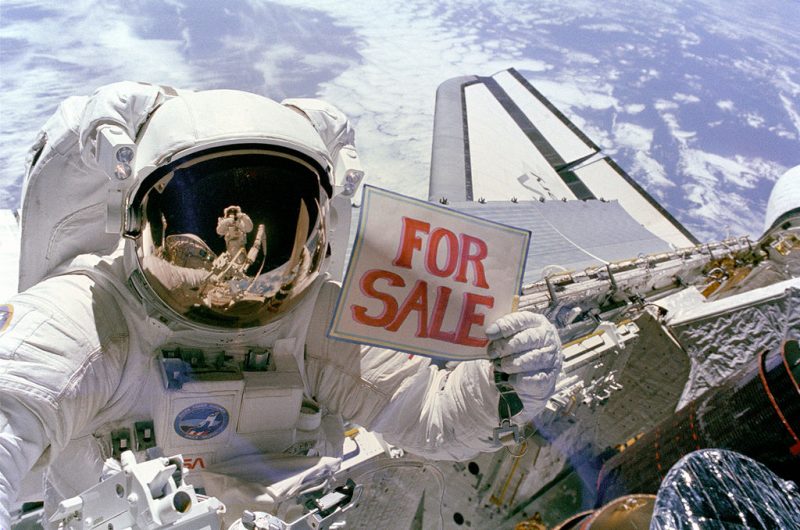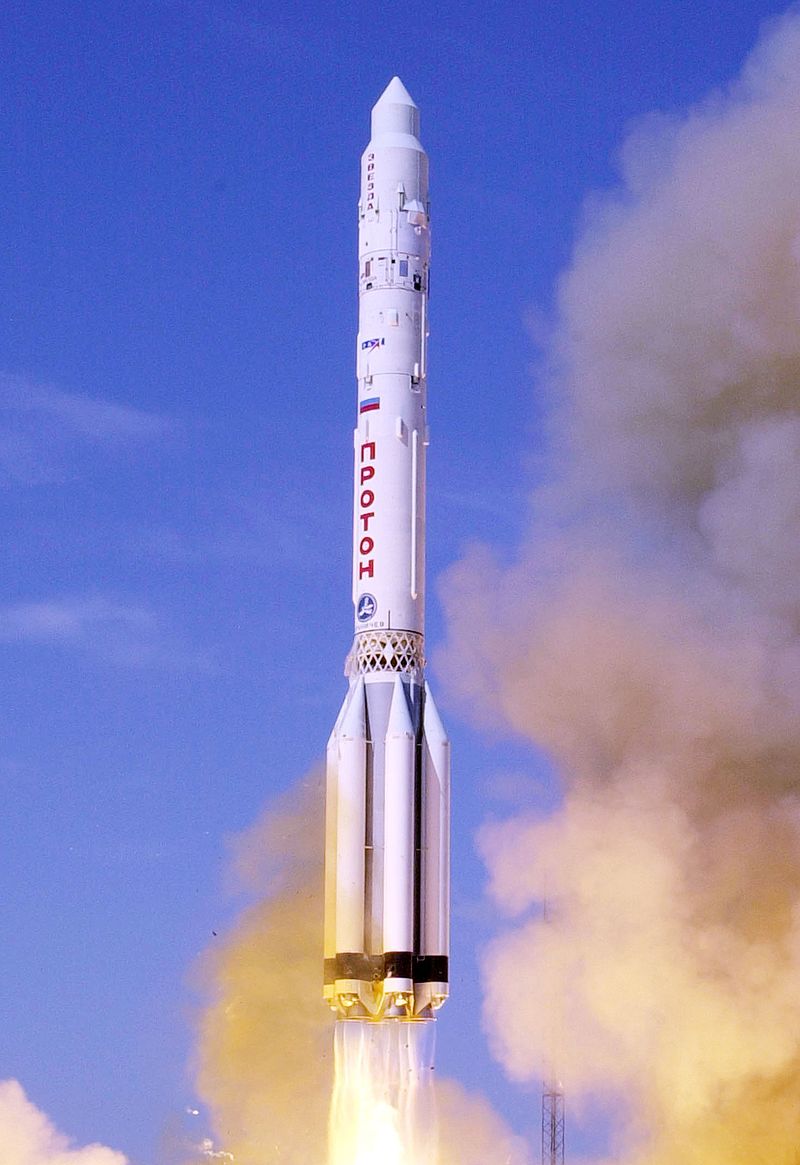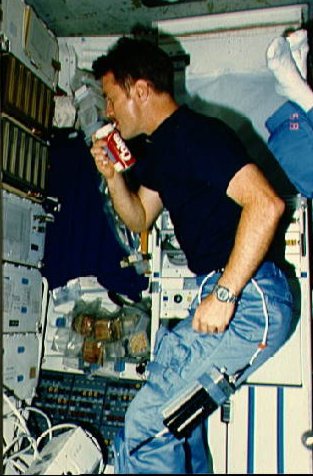For an advertisement to be successful it takes not just quality content, but excellent positioning and location . Sure, you can place your advertisement in the usual media like TV, newspapers, the internet, posters… but how about an advertisement in outer space? Yes, there are many examples of space advertising, but only a few of these otherworldly marketing campaigns have been successful.
One of the plans for space advertisement was launching giant billboards into orbit that would be visible from the Earth. There is even a technical term for such a venture – “obtrusive space advertising”.

In 1990, the Japanese television network Tokyo Broadcasting System paid for its reporter Toyohiro Akiyama to have a seat in the Soyuz TM-11. Its logo was featured on the third stage of the Soyuz’s launch vehicle, and the logos for Sony, Unicharm, and Otsuka Pharmaceutical were emblazoned on the launch shroud.
In 1997, an Israelian company filmed the first commercial in space aboard the space station Mir. It was a milk commercial.
Then, in 2000, Pizza Hut paid to have their logo emblazoned on a Russian Proton rocket. A year later, they became the first to deliver pizzas in outer space when they sent their vacuum-sealed food to the International Space Station.

Anyway, back to that idea about the billboard. In 1993, the American company Space Marketing Inc. made plans to put an illuminated mylar billboard, one square kilometer in size, in orbit around the Earth. For us on the planet’s surface, it would have appeared to be roughly the same size and brightness as the moon.
Eleven companies expressed interest in the idea, and the billboard was to be ready for launch in time for the 1996 Summer Olympics.

It would potentially have been visible from anywhere on the Earth for ten minutes a day, and after two weeks it would burn up in the atmosphere. It was estimated that the project would cost around $25 million.
In the end, projections showed that the billboard would be bombarded 10,000 times by space debris over the course of its time in orbit, which it would undoubtedly have been unable to survive. In the end, the project’s the inability to attract adequate funding led to it being called off.
